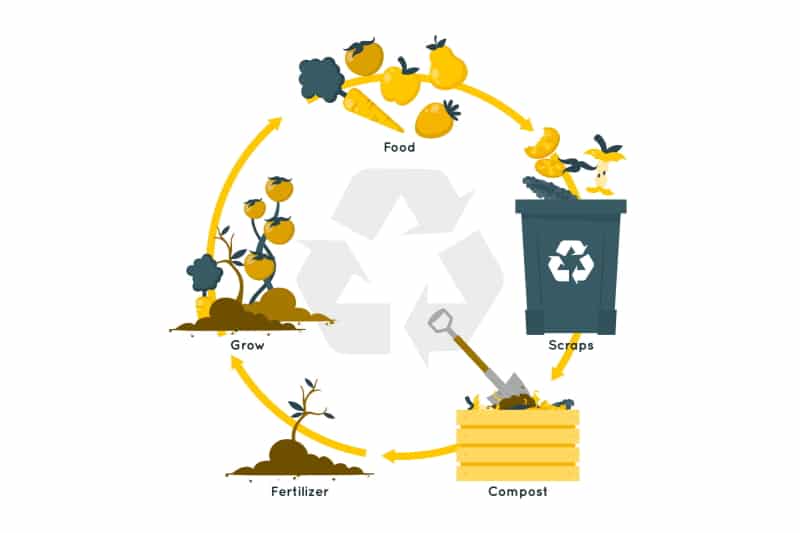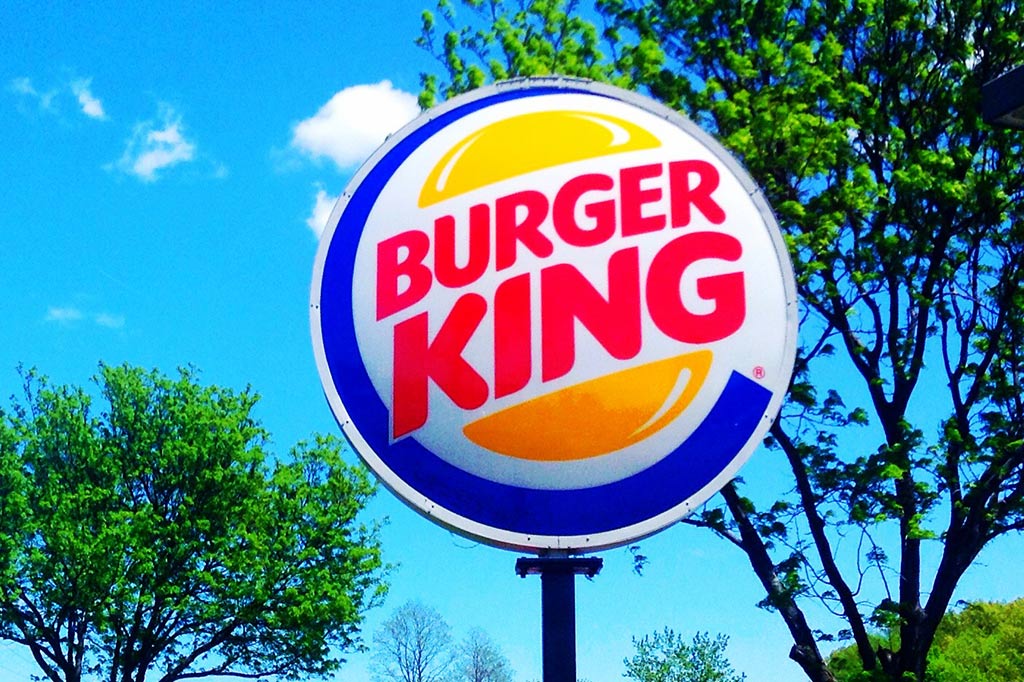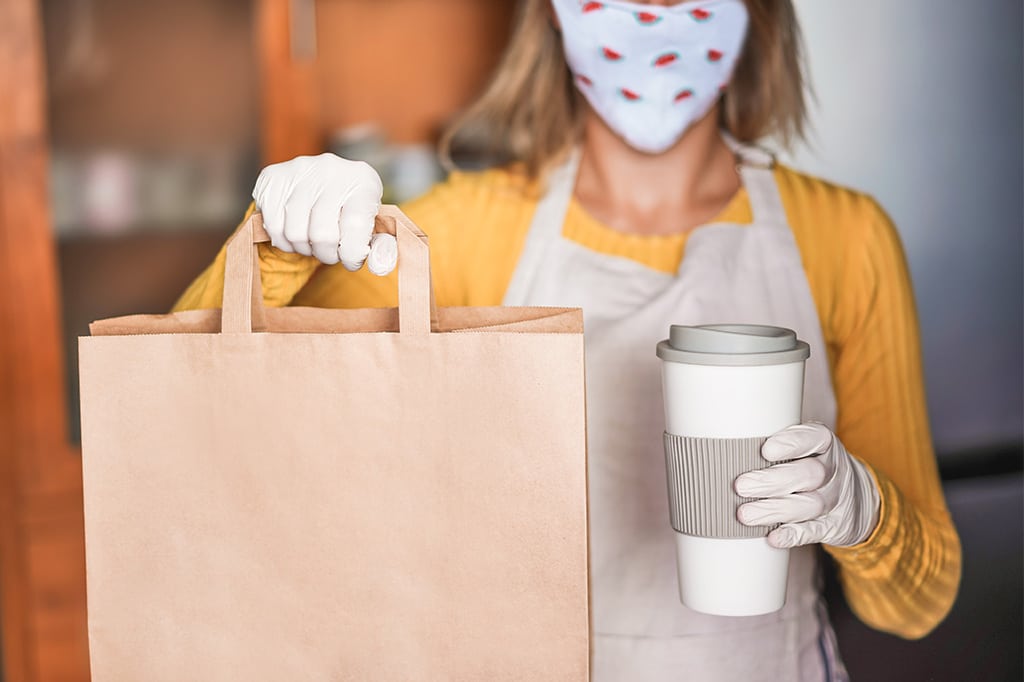There are several things we can all do at home to reduce the quantity of food we waste.
Between 33 and 50 percent of the food produced in the world is never consumed. Take a second to absorb it. That equates to up to half of all food is wasted. The value of this surplus food is more than USD 1 trillion, as are several wasted resources such as water, land, fertilizer, and transportation fuel (and animal lives, within the meat, egg, and dairy industries). Simultaneously, 800 million people go to bed hungry every night. That corresponds to one out of every nine people on the planet being hungry or malnourished. This market failure and tremendous inequity must be addressed. What, though, can we do at home? We may begin by decreasing food waste in our homes. Here are seven suggestions to help you get started.
1. Plan your meals.
According to the World Wildlife Fund, we squander 30% of the food we buy, which equates to taking USD 100 out of the bank and tossing USD 30 away! Here at VegansBay, we like to tackle this with meal planning since it may help you save time, money, and food.
Every week, plan out the meals that you and your family will consume during the next seven days on Sunday. Make a grocery list for the scheduled meals and stick to it when you go shopping. That way, you’ll only buy what you need for each meal, and ideally, you’ll use up all of the items by the end of the week.
2. Reuse and recycle your leftovers
It can be difficult to finish a heavy dinner at times, and it is easy to underestimate how much you need to make and serve. Not a problem! It is simple to turn leftovers into a new dish. For example, leftover vegan “Beyond Meat Balls” can be transformed into chili con (vegan) carne with a few additional beans and spices; leftover butternut squash soup can be transformed into a creamy korma with the addition of coconut milk, spices, and chunky veg; and stale homemade bread can be transformed into croutons for soups and stews! Your creativity is the only limit to the possibilities.

3. Begin composting
The powerful compost bin will allow you to use your discarded food to make a rich soil improver for your garden or house plants. It makes little difference how large the container is; a small bin will suffice, while a larger bin will create more heat and break down materials more quickly. Place leftovers, scraps, offcuts, and spoiled fruits and vegetables in your compost bin (which we recommend you keep away from your house) and continue to do so until you have a complete heap of nutrient-dense compost.
The rate at which compost becomes usable is determined by the size of your bin, what you put in it, and how frequently you turn it (try to do so once a week). Your compost may take many months or perhaps a year to decompose, but the wait will be well worth it.
4. Make use of the freezer
Most people are unaware that they can freeze goods ranging from most store-bought cheeses to cakes. Even most takeout meals can be frozen, so if you and your friends order a bit too much on Friday night, you can freeze the leftovers to enjoy together at your next get-together.
If you have any items that are nearing their expiration date, freeze them to prevent them from turning ‘off,’ label and date them, and then take them out as needed or desired.
Similarly, if you’ve cooked too much-prepared food that you know you won’t be able to finish in time, split it into parts, label them, and store them in freezer-friendly bags or boxes. When you’re short on time, fresh food, or money in the future, simply pull it out of the freezer to thaw and heat up. The pre-sized portions will also ensure that you have just the proper quantity of food to consume, so there will be no leftovers!
Things you had no idea you could freeze:
- Loaf (pre-slice for ease)
- A cake (pre-slice for ease)
- Cookies & biscuits
- Bread
- Chickpea/Aquafaba water
- The majority of dairy-free cheeses
- Mushrooms:
- Most fruits and vegetables (pre-slice/chop for ease; note that texture may vary)
- Roasted and mashed potatoes
- Tomatoes for sauces and frying
- Gratin
- Noodles
5. Keep all of your peelings, offcuts, and crumbs.
Did you know that you can make delicious meals and snacks out of leftovers, scrapes, and peelings? To create wonderful crisps, save your potato and apple peelings (be careful to wash before peeling), spritz with a little neutral-flavored oil, season, and roast in the oven (we enjoy apple peelings with a dash of cinnamon!).
Put vegetable scraps and offcuts in a freezer bag to make a wonderful stock for soups and stews, and save items like carrot tops and kale stems to make tasty vegan pesto.
There are also numerous vegetable pieces that most people discard yet are truly edible and tasty. Broccoli and cauliflower stems, for example, maybe boiled or roasted alongside the florets, and banana peel can be used to make vegan ‘bacon’ or pulled ‘pork’! Simply because something isn’t typically consumed doesn’t mean it can’t be.
6. Make use of food waste apps
According to a recent study by FAO, over two-thirds of food waste is caused by things that are not utilized in time. Reduce the amount of food you waste by donating it to someone who can use it! Food waste applications, are free to use and allow you to list goods you no longer desire or do not believe you will be able to use shortly.
People in your neighborhood who use the app will be able to see your ad and make arrangements with you to pick it up. Businesses, such as supermarkets and restaurants, may also list food on the app which is generally taken by NGO volunteers to collect and redistribute to the needed community.
7. Make your kitchen more organized.
A well-organized kitchen is essential for successfully decreasing food waste. Messy and overstuffed cupboards will make it difficult to see not only what you have, but also which items are approaching their expiration date. In your kitchen, try the following food-management tips:
• Rotate: When you receive new things, be sure to rotate the goods in your pantry, cabinets, freezer, and fridge, placing the newer foods to the back and the older foods to the front.
• Audit: At the start and end of each week, go through your kitchen cupboards and refrigerator. Make a list of all the items that will expire soon and post it somewhere prominent in your kitchen for everyone to see. This way, you’ll know what to eat soon or list on OLIO, and you’ll avoid buying more of what you already have.
• Collect: Make a ‘eat me first’ shelf or box in your cupboards or fridge, and put everything that is about to expire there. When preparing a meal, utilize the things under the ‘eat me first’ section first, before using or opening other goods.








